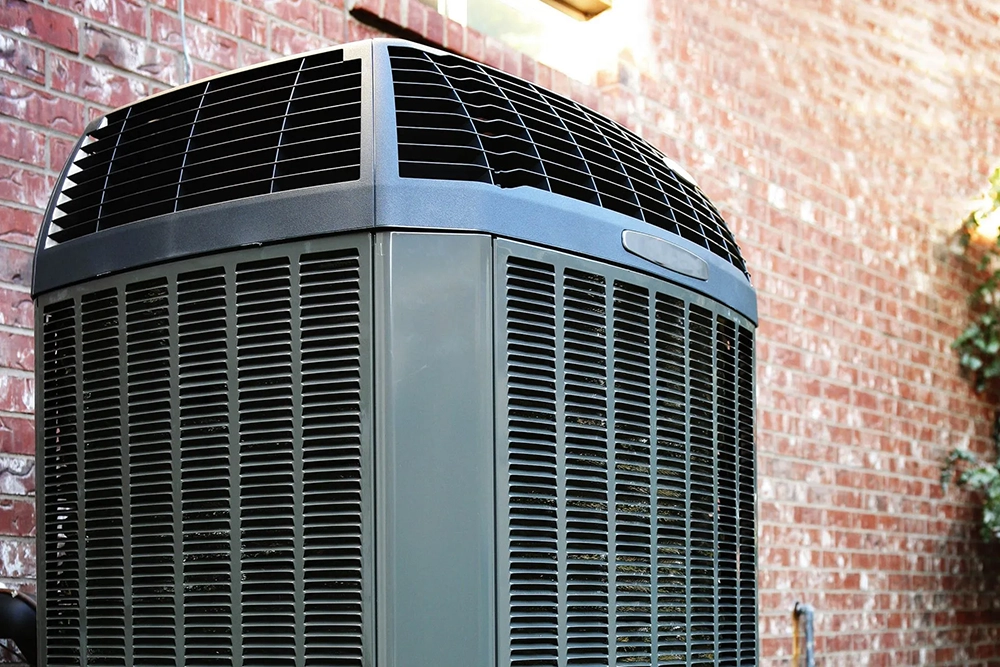⭐ 4.9/5.0 rating based on 390+ reviews
Serving Aurora and surrounding suburbs
For over 20 years, Franzen Heating & Cooling has been the trusted choice for heating and cooling services in Aurora and the western suburbs. Our certified technicians bring skill, honesty, and a friendly touch to every job.
From 24/7 emergency repairs to energy-efficient upgrades, we’re here to keep your home or business comfortable in every season. See why your neighbors count on Franzen when it matters most.
